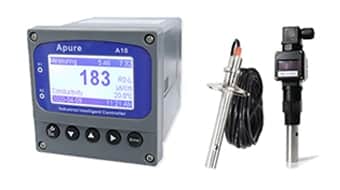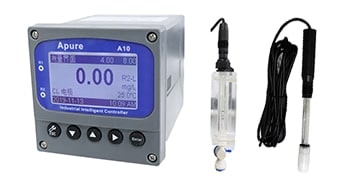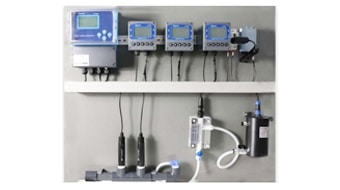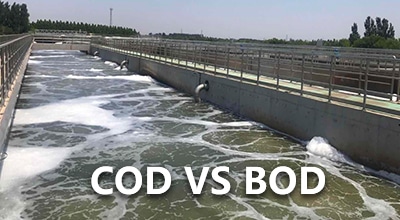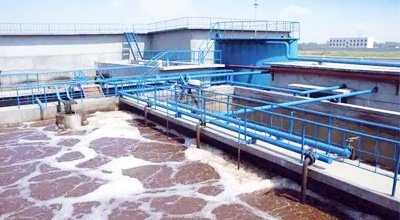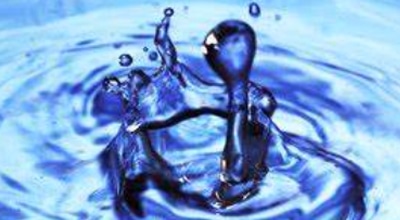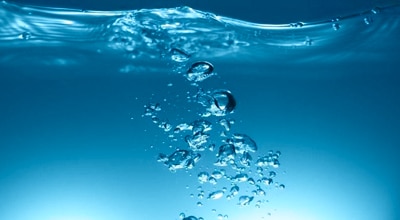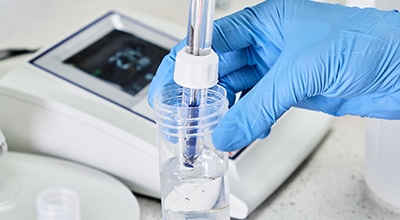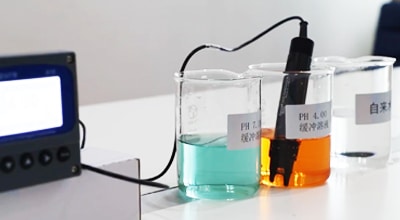Transparency Sensor
Water transparency (or water clarity) is an important indicator of water quality, which is closely related to light penetration and attenuation in submerged ecosystems and is important for understanding changes in water ecology and biogeochemical processes, such as photosynthesis and growth of phytoplankton, sediment transport and resuspension. In fact, water clarity is a function of chlorophyll, total suspended matter and colored dissolved organic matter (CDOM) concentrations.
What is water transparency?
Transparency is an index of water quality, which can be divided into transparent, sub-transparent and translucent, and is also an important basis for judging the degree of black odor in black and smelly water.
Turbidity and transparency
In water quality monitoring, turbidity and transparency are two closely related concepts. Turbidity refers to the degree of obstruction that occurs when the suspended matter in the water transmits light, while transparency refers to the ability of water to transmit light. Therefore, when the turbidity is high, the transparency of the water is low, and when the turbidity is low, the transparency of the water is high. In general natural water bodies, when the content of suspended matter is low, the relationship between the two is linear, that is, the content of suspended matter doubled, turbidity increased by about 10%, transparency decreased by 10%. However, when the suspended matter content is high, especially in the presence of a large amount of insoluble material, the linear relationship between the two is broken, then there is no longer a direct relationship between turbidity and transparency.



